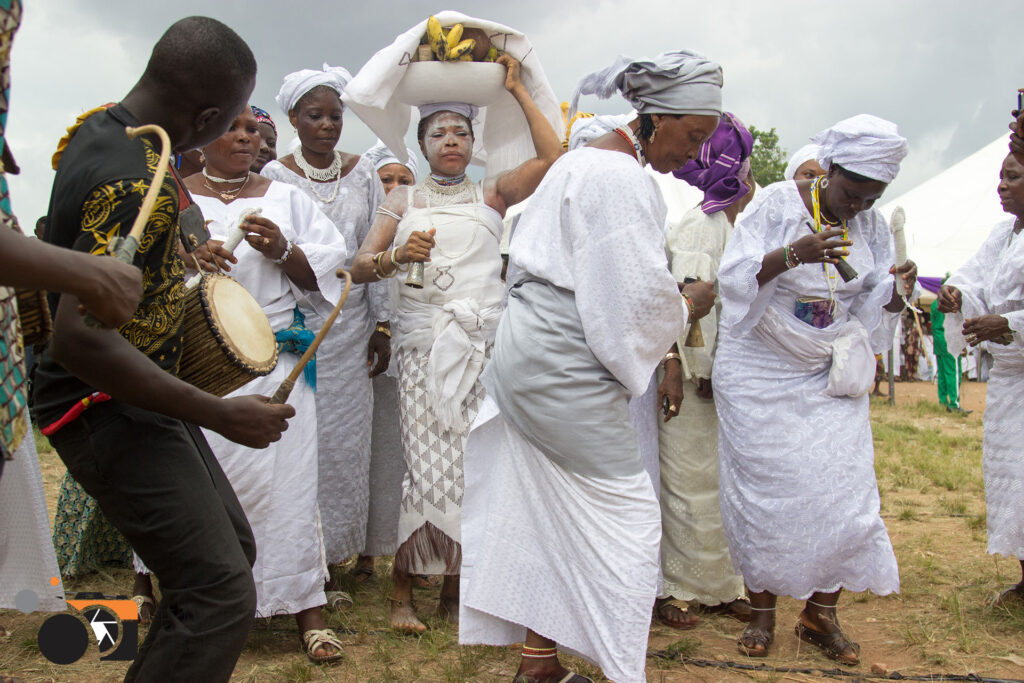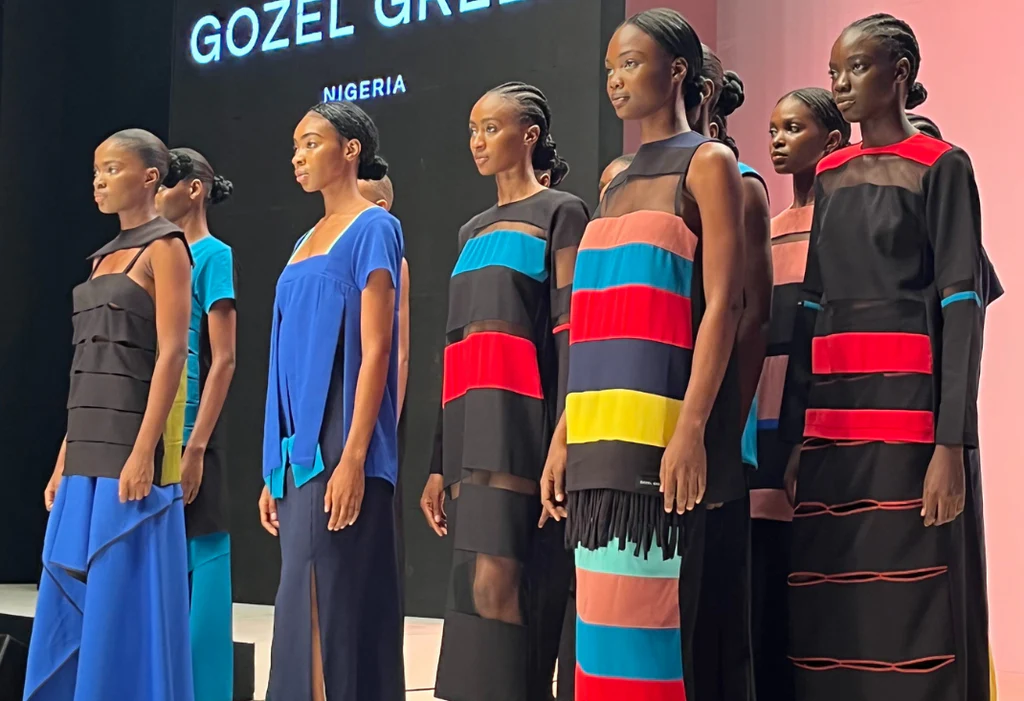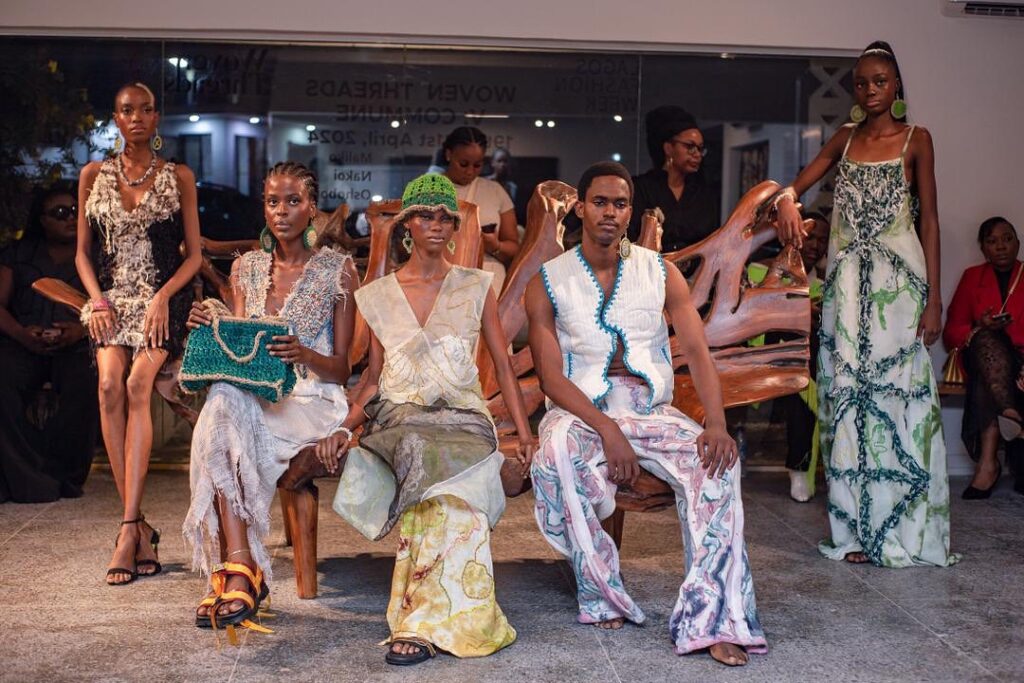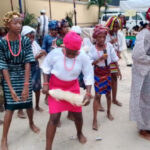
The Osun-Osogbo Festival stands as a celebration deeply rooted in the cultural and spiritual heritage of the Yoruba people of Nigeria.
The Osun-Osogbo Festival has a rich history that spans over 700 years. According to tradition, the festival’s origins are rooted in an ancestral occurrence.
Here’s the captivating tale:
Long ago, a group of migrants led by a great hunter named Olutimehin settled along the banks of the Osun River to escape famine. As they began clearing trees for settlement, the spirit of the river goddess, Yeye Ọ̀ṣun, appeared before Olutimehin.
She instructed him to lead the people to a special place, which would become the present-day Osogbo town.
In return for their safety and prosperity, Yeye Ọ̀ṣun requested an annual sacrifice. This sacred pact continues to be celebrated as the Osun-Osogbo Festival.
READ ALSO: 6 Nigerian Traditional Festivals You Didn’t Know About
Ever since, the sacred groves became the spiritual home of Ọ̀ṣun. The goddess is worshipped as protector of the people and the source of life-giving waters.
The Osun-Osogbo festival is held yearly in August. It attracts thousands of worshippers, spectators, and tourists from around the world.
Osun, also known as Ọ̀ṣun, Ochún, and Oxúm, is a revered orisha (deity) in the Yoruba religion of southwestern Nigeria. She embodies various aspects of life and spirituality. She particularly represents divine energy, purity, femininity, beauty, love and fertility.
In Yoruba mythology, Ọ̀ṣun played a significant role in the creation of the world alongside other spirits. Her story surrounds themes of feminine power.
As a mortal, she fell in love with Shango, the god of thunder and lightning, and became one of his wives.
Interesting facts about the festival:
Childbirth and fertility
Traditionally, married women who desire the fruit of the womb attend the Osun Grove, which is a sacred site.
Colour of the day
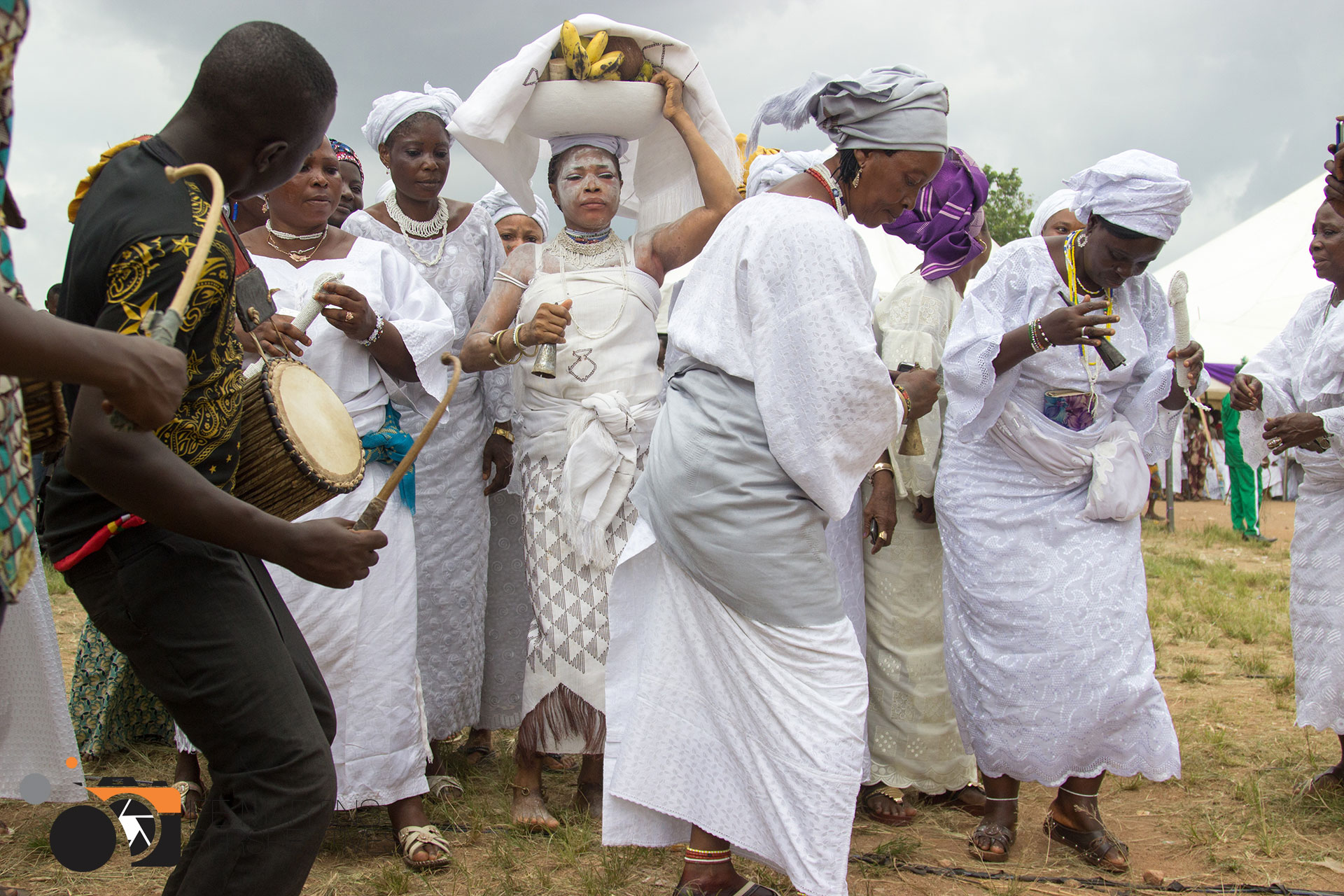
The Ọ̀ṣun priests and priestesses wear white robes to honour the òrìṣà (deity) of fertility. Additionally, they style their hair traditionally, as olórìṣà (initiates of a Yorùbá divinity) do.
Iwopopo
During the festival, several rituals take place. Notably, on August 1, there’s the traditional cleansing of Osogbo, known as “Iwopopo”. Following this, three days later, the 500-year-old six-point lamp, called “Atupa oloju merindinlogun”, is ceremoniously lit after purifying the land.
Arugba osun

A royal virgin carries a symbolic calabash filled with sacrificial items on her head as she walks to the grove. Her attendants, known as olose (whip boys), ensure she completes this journey without stumbling or falling. The Atáọ́ja then offers the sacrificial items to the goddess by throwing them into the river, officially concluding the Osun festival.

